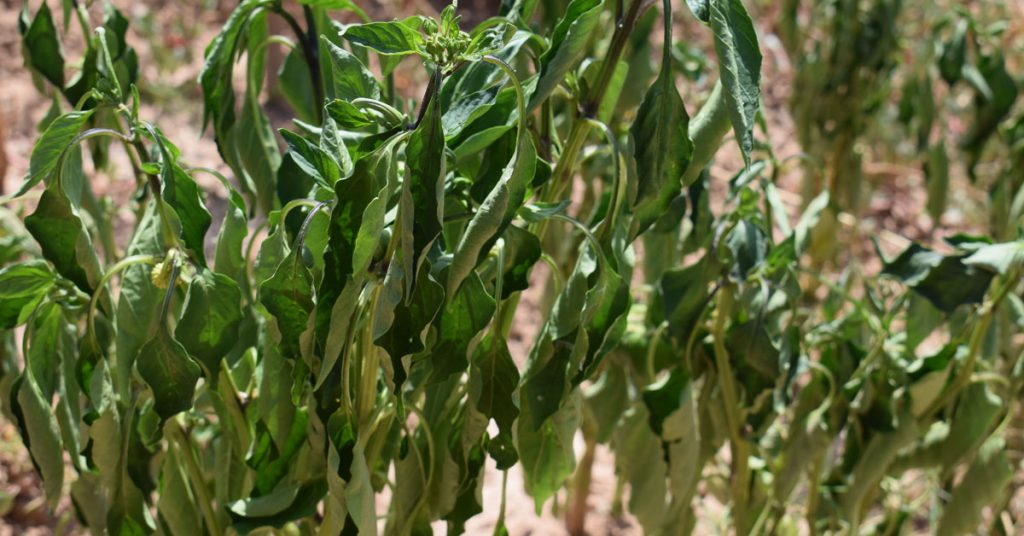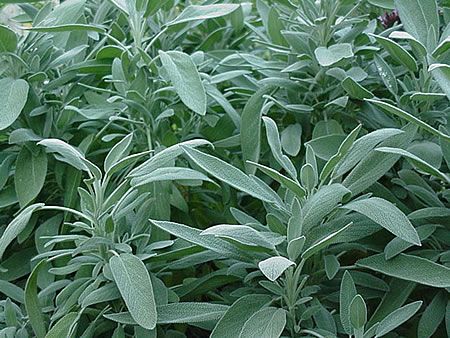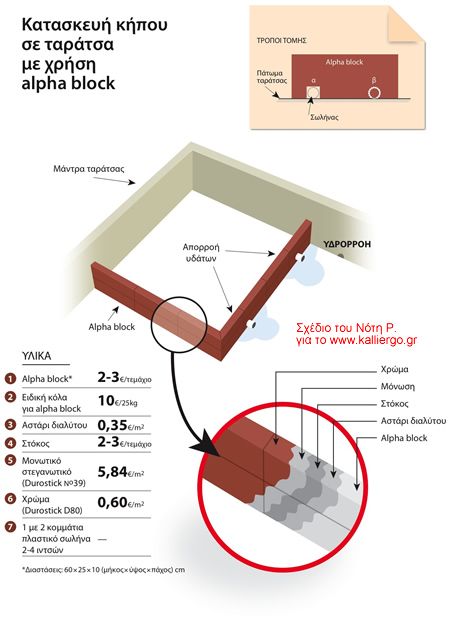Summer is a season when there are often very high temperatures and sometimes even heat waves.
Our garden plants suffer. If the high temperatures or heatwave lasts for many days, they are just trying to survive.
What can we do to help them and keep them alive and healthy?
Plants, trees and vegetables in the garden are stressed when there is a heatwave and high temperatures.
Next, we’ll tell you what to do and what not to do to your garden and plants in the summer when there is a heatwave and high temperatures.
How plants react to the heatwave
The signs that plants are stressed by too much heat are obvious. They go into survival mode trying to reduce the loss of precious water. Some of these signs are:
- The leaves on vegetables look wilted. The water that is needed evaporates very quickly.
- The leaves on trees and some vegetables are turning inward as they try to reduce the surface area exposed to the hot sun and reduce the evaporation of precious water.
- Plants begin to dry out as they rapidly lose water.
- They stop producing fruit. All the plant’s strength goes into trying to survive. There is no luxury of producing flowers and fruit. But there are exceptions such as the okra, which loves warm days.
- They don’t grow. Plant growth requires precious resources and water. In a heatwave situation, the plant must maintain these elements for its survival. Growth can wait.
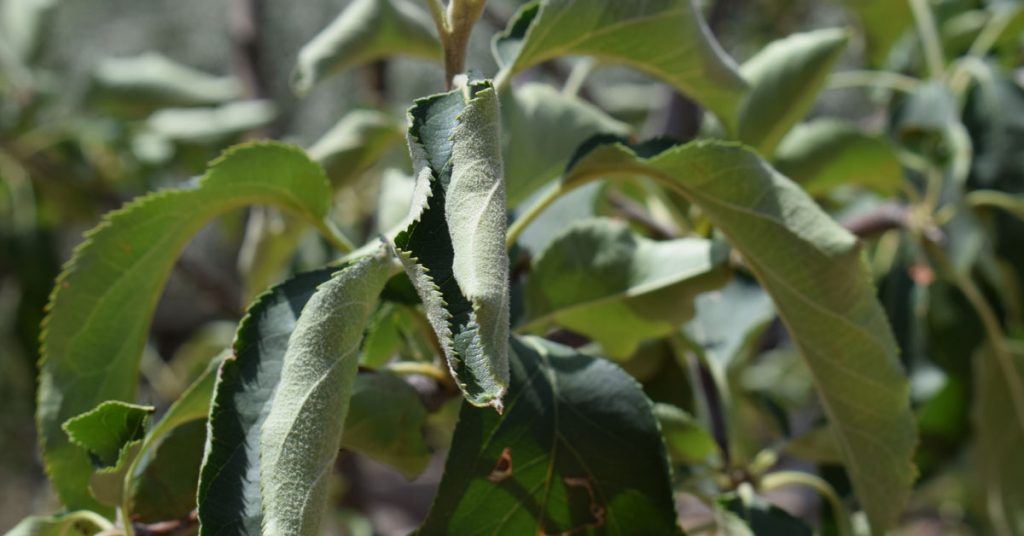
What to do and what not to do to plants when there is a heat wave
Water deeply
On these heat wave days, I water the plants in the garden with lots of water.
We want the water to go as deep as possible. To get deep into the roots below the hot surface of the soil.
But for that to happen, we need to have properly prepared the soil around the plant.
We should have broken up the surface crust of the soil with a cultivator or other tool.
We should have created a “container” with a mound around the plant so that the water stays in it and doesn’t run off.
Give the water time to soak in and water again. As many times as necessary to ensure that the soil is well watered.
You may find the article on a deep watering technique interesting.
Water in the afternoon before dark
The ideal time to water is before dark. When the sun begins to set.
Seeing the plants are in distress, it is tempting to water in the afternoon. But this is a mistake.
A significant amount of water will evaporate and and will not be of any use to our plants.
Of course, sometimes, especially when we have not watered them for days, the picture of the plants is such that the temptation is great.
In these cases, we water lightly, trying not to get the leaves wet.
We do the heavy watering in the evening.
See also the article Watering Plants – When and How to Water Plants in Your Garden.
Avoid watering when it is too sunny
Normally we should not water while there are very high temperatures and the sun is high.
This is of course assuming that in the previous days, we had watered our plants in the evening.
But what do we do if we are not near our garden every day? If, for example, the garden is in the cottage or village and we visit it a few days a week?
In that case, I think we can water lightly even when the sun is high. Until the afternoon comes and we can water properly and deeply.
Protect the vegetables from the sun
Whenever we can we use shade cloth to protect our vegetables from the sun’s rays.
We place shade cloth over our vegetables to limit their exposure during the hottest hours of the day to the sun’s intense rays.
Unfortunately, this is a solution that we usually have to be prepared for.
Unfortunately it also comes at a cost to purchase the shade cloth and the infrastructure to hold it over the vegetables.
Alternatively we can have made provisions to plant our vegetables close to some shade. E.g. shade from a nearby tree.
We avoid planting our vegetables near walls
During the hottest hours of the day, the wall absorbs all the heat from the sun and radiates it towards our plant. So the plant has to deal with both the heat from the sun and the heat radiated by the wall. Usually these plants can’t take all that discomfort.
We don’t prune in summer
We don’t prune in the summer. Especially trees. So simple.
This time of year the plant has so many challenges to deal with because of the high temperatures.
If we prune it, we stress it even more.
In addition to trying to survive, it has to deal with the loss of fluids created at the points where the pruning was done.
But it also has to try to heal its wounds from the pruning.
It is very difficult to do all this under high temperatures.
That’s why we don’t prune in the summer.
Pruning is done in late fall and winter.
We don’t apply fertilizer in the summer and especially when it’s hot
Avoid applying fertilizer to plants and trees in summer. Especially when there is a heatwave and high temperatures.
The root system is already stressed by the heat. We shouldn’t put it through any more trouble by adding fertilizer.
I would like to take this opportunity to remind you that before pouring fertilizer, water the plant or tree well the day before. Never pour fertilizer and then water. We will create overdosing conditions that will harm our plant or tree.
Want to know more about fertilizers? See the articles: Basic Knowledge of NPK Fertilizers, When to Fertilize Trees and Vegetables, Industrial and Organic Fertilizers (Manure, Compost, Peat, Green Manure, Fertilizer, Composting, Composts), Soil Fertilizers and Plant Nutrients.
Plants in pots
It is advisable to avoid dark-coloured pots (e.g. black). Black absorbs all the sunlight and heats up the soil. This does not like the roots and our plant.
We prefer clay pots as these, with their pores, allow communication with the environment.
We water potted plants more regularly.
If we can, we move the pots to places where they are out of the hot sun for long hours.
What I said earlier about pruning and fertilizing applies. We don’t prune, we don’t fertilize.
Epilogue
I hope you find this information useful on what to do in the summer heat wave to your plants.
If you need to remember the basics these are: water when the sun goes down, don’t fertilize, don’t prune, don’t expect much from your plants as they are trying to survive and not produce fruit and flowers.
Some plants like okra love warm weather. Although they look battered, if they are watered regularly, they give a great yield.
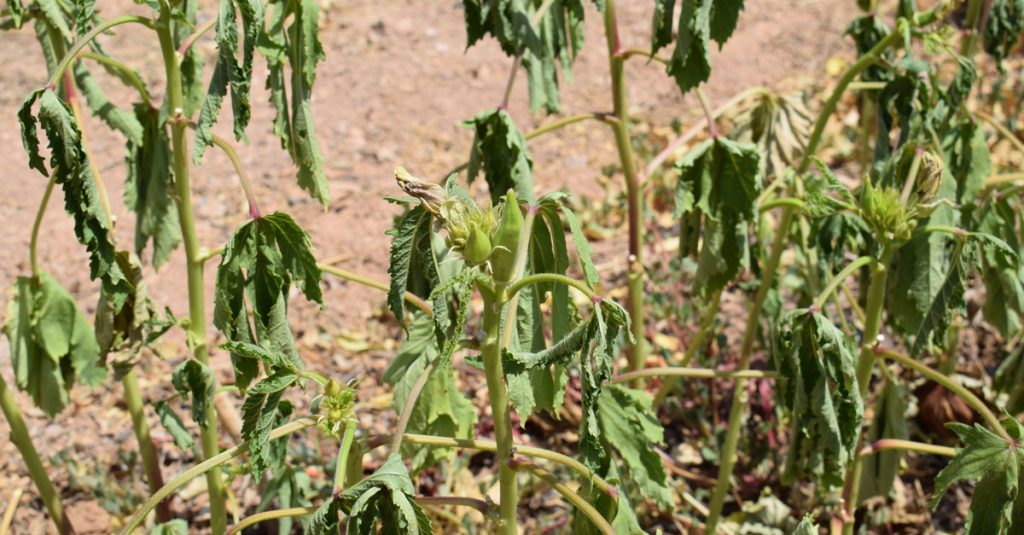
Tags: CLAY POT • GARDEN • HEAT WAVE • KITCHEN GARDEN • PLANTS • POT • POTS • SUMMER • WATERING

